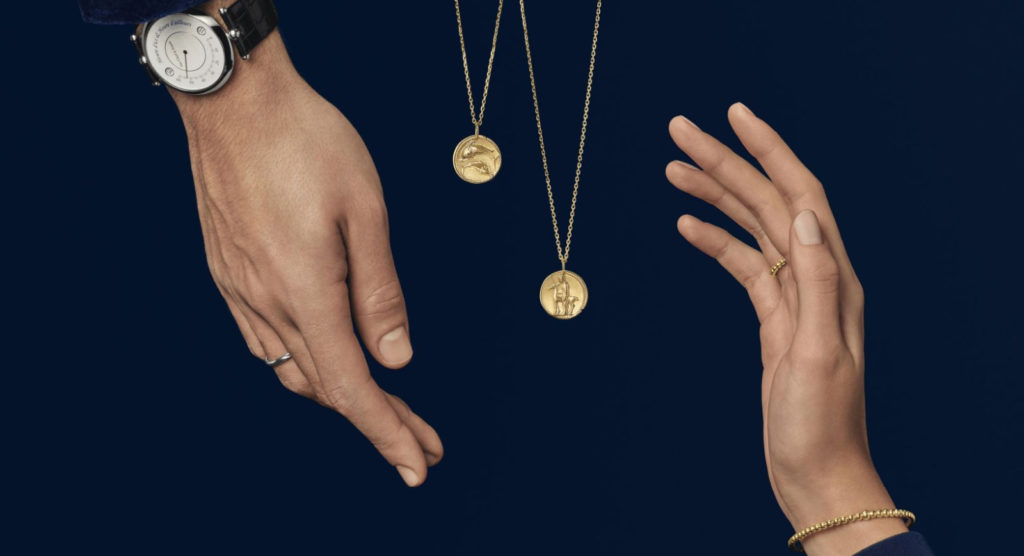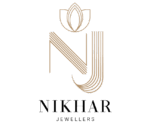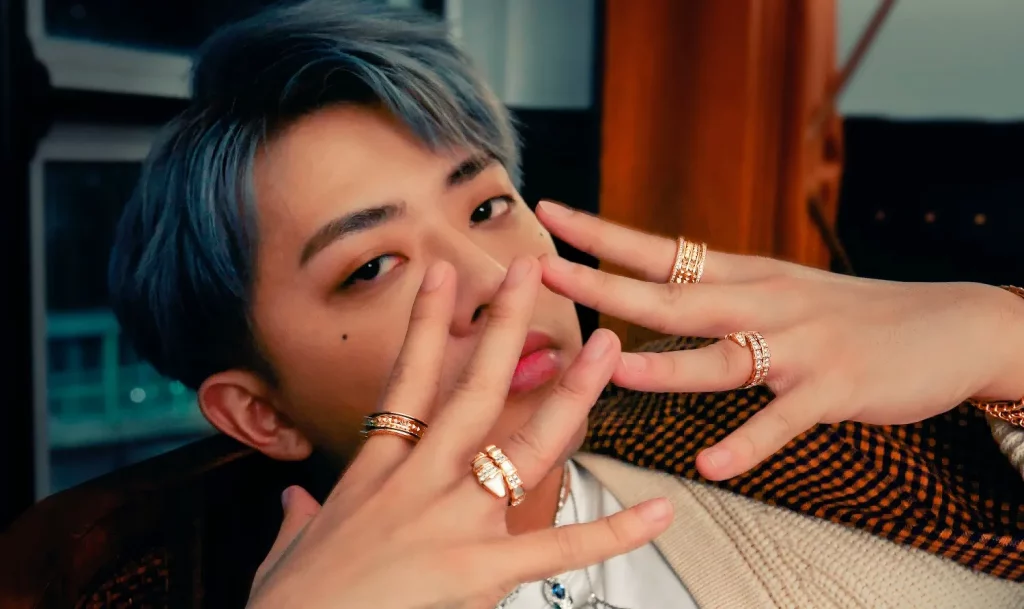Introduction
For decades jewellery has played a dual role: a personal statement of style and a coded language of identity. Jewelers often assigned gendered meanings to rings, necklaces, bracelets, and watches—labelling delicate chains “for her” and chunky signet rings “for him.” Over the past ten years, though, that tidy division has unraveled. A new mainstream movement is reshaping the industry: the Rise of Gender-Neutral Jewellery. Part design revolution, part cultural shift, gender-neutral jewellery rethinks who jewellery is for and what it can mean. It’s not merely about making “men’s” pieces smaller or “women’s” pieces bigger; it’s about crafting objects that speak to mood, values, and individuality rather than a binary assigned at the point of sale.
Why Gender-Neutral Jewellery Matters

At its core, gender-neutral jewellery acknowledges that identity is complex and fluid. Jewellery has always been an extension of the self—an armor, an amulet, a badge. When retailers start labeling pieces strictly by gender, they risk boxing wearers into narrow expectations and missing an opportunity to connect with real human stories. Gender-neutral design flips the script: it centers form, material, and emotional resonance instead of assumed gender roles. This is significant not only for people who identify outside the gender binary; it also resonates with anyone tired of cookie-cutter fashion rules and eager for authentic expression.
Beyond identity, gender-neutral jewellery aligns with broader cultural trends. Consumers increasingly prefer brands that reflect inclusivity and ethical values. Younger buyers especially value authenticity and resist marketing that feels exclusionary. Gender-neutral lines can be more sustainable and efficient—fewer SKUs, thoughtful production runs, and pieces intended to be passed between people. In short, gender-neutral jewellery is as much about social progress as it is about design intelligence.
Design Principles of Gender-Neutral Jewellery
Designing without gendered assumptions is a subtle practice. It doesn’t mean erasing personality; it means expanding the vocabulary available to every wearer. Several design principles are common across successful gender-neutral collections:
First, proportion and scale are treated as flexible rather than prescriptive. Designers use modular elements—adjustable bracelets, versatile chains, and rings with broad shanks or open profiles—so the same piece can read different ways on different bodies. Second, material honesty takes precedence. Metals, stones, and surface finishes are chosen for their tactile and visual qualities, not for gendered connotations. Brushed steel, oxidized silver, matte gold-tones, sculptural ceramics, and raw gemstones emphasize texture and craftsmanship over shorthand luxury tags.
Third, symbols and motifs are reframed. Instead of relying on gendered clichés—hearts for women, anchors for men—designers draw from architecture, nature, and geometry: arcs, links, negative space, and elemental forms that invite interpretation. Finally, functionality and comfort are key. Many gender-neutral pieces are wearable in more situations—easy to layer, adjustable for various wrist sizes, and resilient enough for active lifestyles—reflecting modern life’s fluidity.
Materials and Techniques: A New Language of Craft
The rise of gender-neutral jewellery has also pushed craft in interesting directions. Contemporary makers are blending traditional techniques with experimental materials. Industrial finishes like brushed titanium and blackened steel contrast against warm recycled gold and sterling silver. These juxtapositions create pieces that are at once rugged and refined—suitable for a suit, a denim jacket, or a T-shirt.
Gemstone usage has shifted, too. While enormous solitaire diamonds remain a cultural symbol tied to gendered rituals (most obviously marriage), gender-neutral pieces favor smaller, ethically sourced stones or unconventional gems—tourmaline, labradorite, moonstone, or raw quartz—set to emphasize color and texture rather than status. Lab-grown diamonds and responsibly mined stones also factor into this market’s ethical priorities.
Techniques such as cast hollowworks, 3D printing for prototypes, and hand-textured surfaces provide designers more flexibility to produce sculptural forms at accessible price points. And because many gender-neutral brands emphasize longevity, they often build repairability and modularity (think removable pendants or interchangeable bands) into production planning, reducing waste and fostering relationships between brand and owner.
Who’s Wearing Gender-Neutral Jewellery — And Why
The audience for gender-neutral jewellery is broad. At one end are nonbinary, transgender, and gender-fluid individuals who seek adornment that reflects identity without forcing a category. For them, jewellery that refuses to “read” as strictly masculine or feminine can be affirming and empowering. At the other end are cisgender consumers—both men and women—who simply prefer pieces that prioritize personality over gendered expectations. Men who want more delicate chains, women who want weightier rings, and anyone who enjoys mixing aesthetics all find value in gender-neutral offerings.
Celebrities and influencers have amplified the trend by wearing traditionally feminine pieces without apology or by mixing hard and soft elements. Social media has played a role in normalizing these choices, showcasing how a single piece can be restyled across wardrobes and genders. Importantly, gender-neutral jewellery appeals across age groups: millennials and Gen Z favor its values and versatility, while many older buyers appreciate the timeless simplicity and quality craftsmanship that often accompany these lines.
Retail and Marketing: From Boxes to Stories
The movement toward gender-neutral design requires a rethink beyond the product—retail experience and storytelling matter. Brands that succeed avoid transactional language and instead tell human stories. Packaging moves away from pink/blue binaries to neutral, tactile materials—unbleached boxes, recycled tissue, and thoughtful notes. Product descriptions focus on form, finish, and how pieces interact with one another rather than arbitrary gender labels.
Marketing strategies center inclusivity: imagery shows diverse bodies, hands, and style combinations. Copy invites rather than prescribes, e.g., “wear it solo for a quiet statement or stack with your favorites” rather than “for him” or “for her.” Retail displays in brick-and-mortar shops increasingly present jewellery by style families—minimal, sculptural, heirloom—so customers browse by aesthetic, not gender. This pivot not only broadens the market but also creates more meaningful purchase journeys.
The Role of Heritage and Independent Makers
Independent jewelers and small ateliers have been key to the gender-neutral shift. Free from legacy expectations, indie designers experiment with forms and build direct relationships with customers who value story and craft. Many of these makers also foreground ethical sourcing—traceable metals, fair labor, and transparent supply chains—which aligns with the values of customers who favor gender-neutral designs.
At the same time, legacy houses are responding. Established brands are updating iconography, creating unisex lines, and collaborating with designers who bring fresh perspectives. This convergence of heritage skill and contemporary thinking benefits consumers: high craftsmanship meets modern values. The trick, for big brands, is to be authentic rather than opportunistic—consumers are quick to detect performative inclusivity.
Investment, Gifting, and Ritual: Rethinking Meaning
Jewellery has long been used to mark rites of passage—engagements, graduations, anniversaries. Gender-neutral jewellery invites us to broaden the rituals and reinterpret their symbolism. A signet ring no longer needs to be a masculine inheritance; it can be a unifying token among friends or a personal milestone. A necklace might commemorate resilience rather than romance. The gifting market adjusts accordingly—people buy pieces for friends, chosen family, and themselves without having to navigate outdated gender rules.
From an investment perspective, gender-neutral pieces that emphasize material quality and classic form often hold value better than hyper-trendy items. Because they are designed to be worn by anyone and styled across decades, they are more likely to be kept, cherished, and passed down—an antidote to fast fashion’s disposability.
Challenges and Criticisms
No cultural shift is without challenges. One criticism contends that “gender-neutral” can be a marketing gloss if brands don’t back it up with real inclusivity—diverse teams, equitable sizing, and accessible price points. There’s also the risk of erasing histories; some communities have long traditions of gender-fluid adornment that risk being homogenized by contemporary Western brands repackaging old practices without acknowledgment.
Practical issues remain, too. Sizing for rings and bracelets can be complex when pieces are intended for very different anatomies. Retailers must balance universal design with adequate fit options and clear measurements. Finally, accessibility matters: truly inclusive jewellery should be available across price tiers so that gender-neutral design is not just another prestige niche.
How to Build a Gender-Neutral Jewellery Wardrobe
Curating a gender-neutral jewellery collection is about selecting pieces that reflect your life and mood, not a label. Start with foundational pieces: a well-made chain in a medium gauge, a versatile signet or flat band that can be stacked or worn alone, and a pair of simple hoop or stud earrings in a restrained size. Add texture—an oxidized chain, a hammered cuff, or a pendant with an asymmetric profile—to create contrast. Choose at least one piece with personal significance, whether a stone that speaks to you or a custom-engraved token.
Layer intentionally. Gender-neutral jewellery is excellent for mixing scales and finishes: pair a delicate chain with a substantial bracelet, or let a bold ring anchor an otherwise minimal look. Think seasonally too—matte finishes and darker metals for colder months; polished metals and light gemstones for summertime. Most importantly, let comfort guide you—true style is wearable every day.
The Future: Beyond Binary Design
Gender-neutral jewellery is not a fad; it’s a natural evolution in how we think about adornment. As society becomes more inclusive and product design more person-centered, jewellery will continue to reflect nuanced identities. Expect to see more collaborations between tech and craft—smart jewellery that tracks wellness but with elegant, gender-agnostic aesthetics; material innovation in upcycled performance metals; and retail experiences that center storytelling and repair services rather than fast turnover.
Designers will likely probe deeper questions: how can jewellery carry meaning without enforcing categories? How can objects become shared heirlooms that travel across relationships and identities? The brands and makers who treat these questions seriously—who invest in fit, representation, and ethical practice—will help jewellery reclaim its original role: a deeply personal, portable language for who we are.
Also Read: How to Choose Jewellery That Matches Your Skin Tone
Conclusion
The rise of gender-neutral jewellery marks a welcome recalibration in the industry. It strips away assumptions and returns the focus to craft, materiality, and the wearer’s lived experience. Whether you identify within the gender binary or not, gender-neutral design offers a richer set of choices—a way to wear jewellery that aligns with how you move through the world. As makers innovate and consumers demand authenticity, jewellery becomes less about fitting into labels and more about telling stories: of values, of relationships, and of the small, intentional acts by which we shape our identities. In that sense, a ring, chain, or cuff does more than adorn—it invites us to live more fully in the skin we inhabit.

